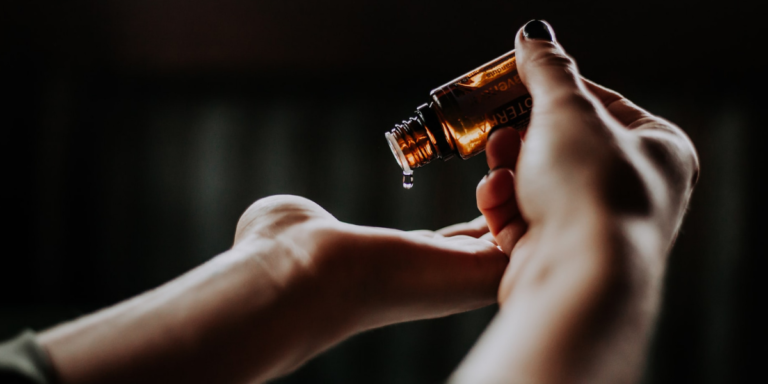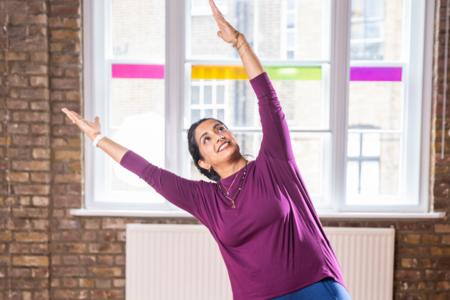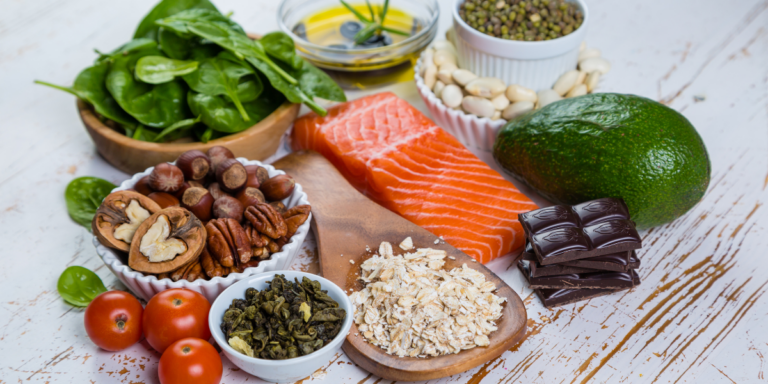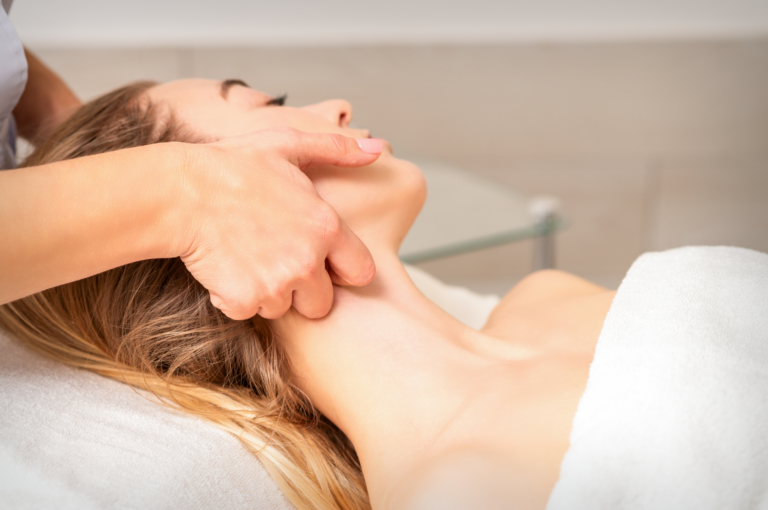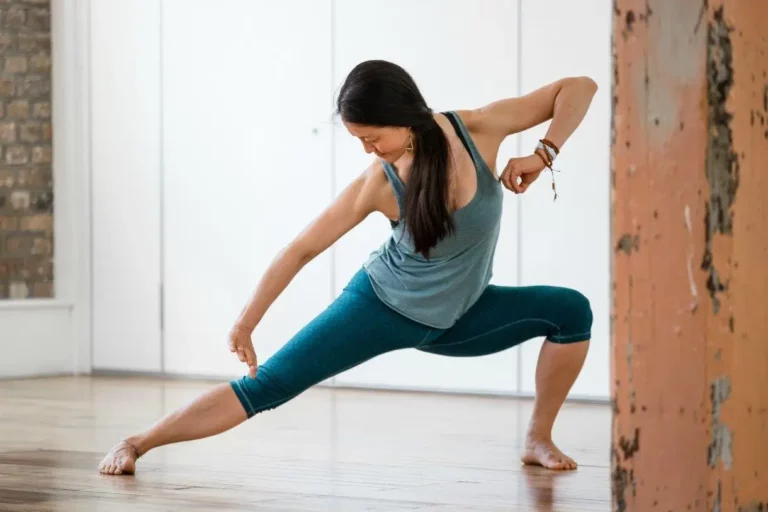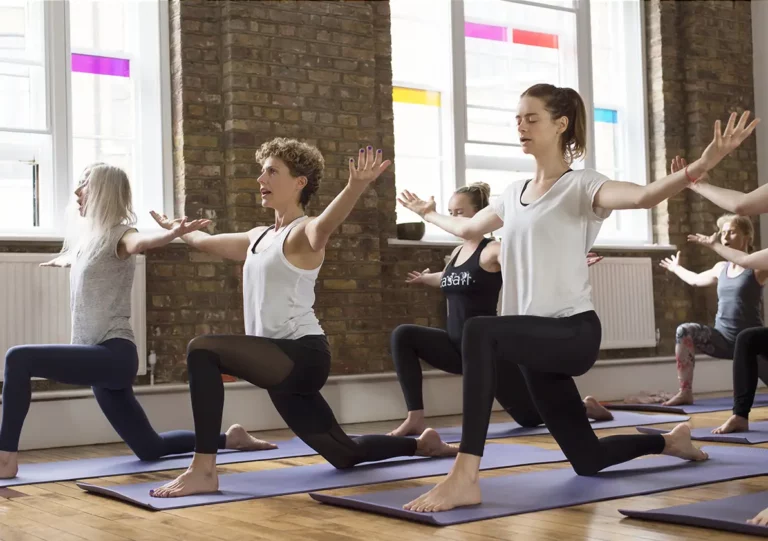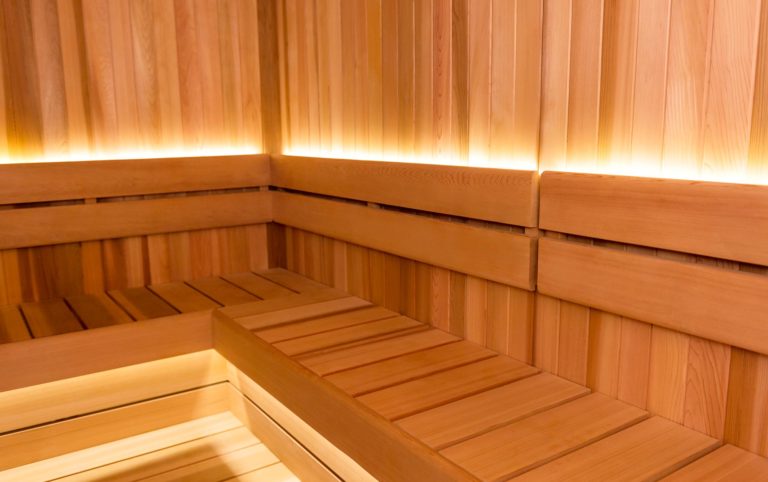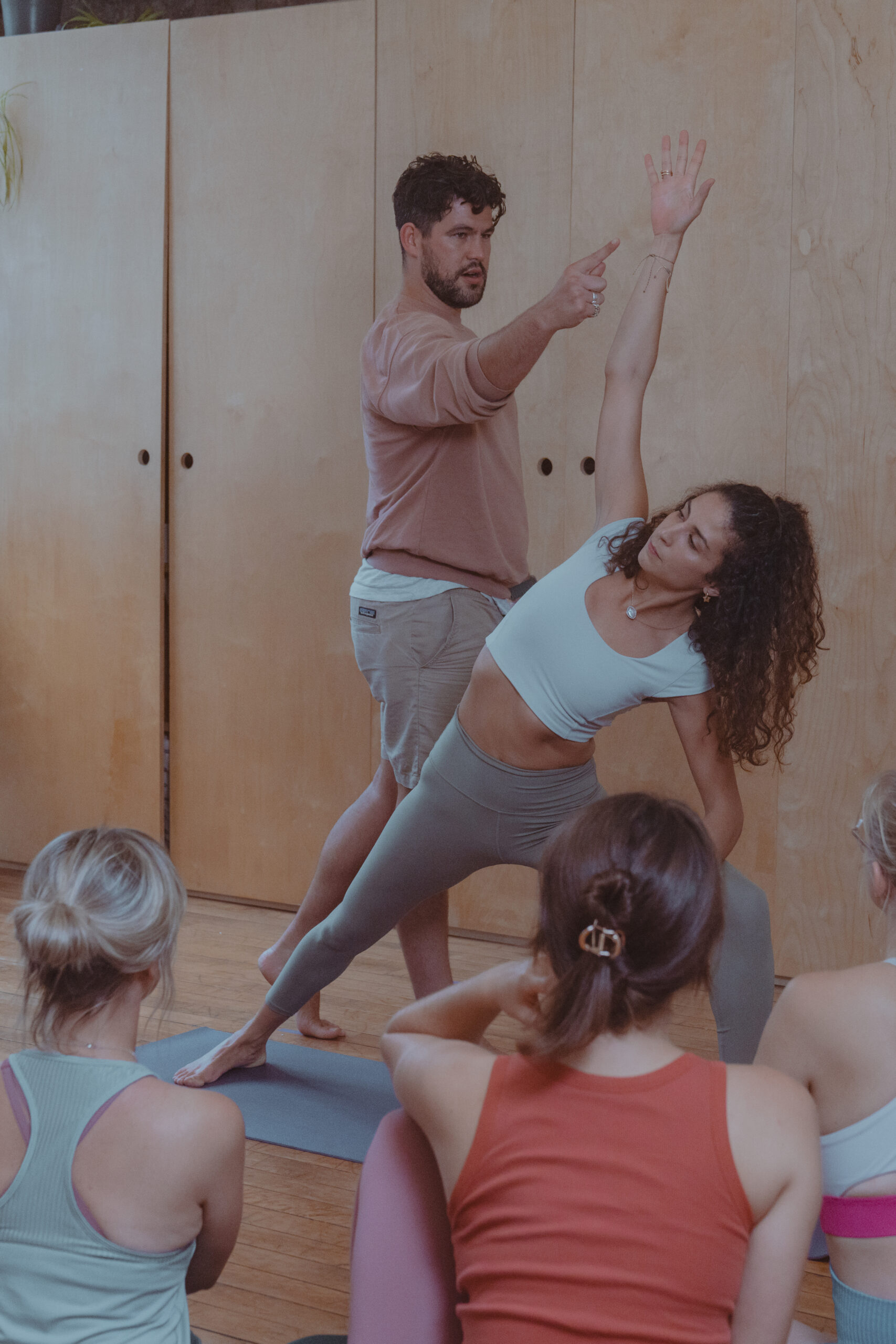Each season has its charm and beauty. Yet for many of us, spring brings something special
And it’s not just the longer, warmer days and their promise of summer. The smell of nature’s awakening after its winter sleep, the many beautiful blossoms opening up and releasing their delicious fragrances – it lifts our spirits and energises our life force.
Spring is a little aromatherapy session all of its own. The roots of aromatherapy can be traced back more than 3,500 years to a time when the use of aromatics was first recorded in human history.
It can be defined as the art and science of utilising extracted aromatic essences (essential oils) from plants to balance, harmonise and promote the overall health of body, mind and spirit. It seeks to unify physiological, psychological and spiritual processes to enhance an individual’s innate healing process. In fact, clinical aromatherapy is based on the traditional Chinese Medicine principle of yin and yang, allowing qi (life force) to work in equilibrium to maintain optimal health.
There are many ways of using aromatherapy: through inhalation (diffuser, inhaler stick, rollers), touch (massage, acupressure points), through day to day skin care (body oils, creams, salt bath, etc). Each essential oil has its properties based on its own chemical constituents and its energetic virtue. The art of blending lies in optimising each oil’s healing qualities, creating a synergy that allows each oil to contribute to a blend that is more than the sum of its parts.
Aromatherapy can be part of a treatment, or it can be a treatment of its own.
The benefit of receiving it through massage is that the blend of oil is tailored for you on the day of the massage, depending on your unique needs at the moment while also taking into consideration your health history. Once you are happy with the oils chosen for you, they are blended in a carrier oil and administered through a Swedish massage.
Swedish massage uses gentle strokes that can be as gentle or deep as you like (generally not as deep as deep tissue massage, but it’s up to you), allowing your skin to drink in the healing properties of the oils whilst you simultaneously breathe them in. The carrier oil is generally based on a nutty oil like sweet almond or grapeseed oil, and can be mixed with macerated herbal oils such as arnica, calendula or St John’s Wort to enhance the potency of the blend.
Aromatherapy is also an excellent tool for self-care. Here are some recipes for your wellbeing at home:
Use as a roller or inhaling stick
To enhance focus: try Lemon (uplift), Lavender (calming, relaxing), Peppermint (refresh)
For pain on one or both temples and/or behind one or both eyes, especially throbbing pain: Try Roman Chamomile (cooling, calming), True Lavender (cooling, calming), Rose (cooling, relaxing), Sandalwood (neutral, grounding)
To use in a salt bath. Epsom Salt blend
3 drops of Sweet Orange (neutral, relaxing and uplifting)
2 drops of Cedarwood (warming, relaxing)
2 drops of Cardamon (warming, relaxing)
Blend the essential oils in a carrier substance (such as Solubol) and then mix with the salt before adding to your bath – either whilst the water runs or once the bath is ready.
Important safety guidelines
Essential oils are generally safe at low dosage and are for external use only. Here are some general safety guidelines to help you make the most of this beautiful healing modality:
- Before use, check any contraindications of the essential oil(s) you want to use.
- Do not take any essential oil internally.
- Avoid applying undiluted essential oil to the skin (neat application), as it may create skin sensitivity or allergies in the long run.
- Keep essential oils out the reach of children.
- Take care of sensitive skins! Do a patch test if necessary
- When using essential oils during pregnancy, breastfeeding or on babies and children, use a very low dosage and be aware of any contraindications. ALWAYS check the safety of the essential oil first.
- After an aromatherapy treatment, avoid direct exposure to sunlight for a period of 12 hours . Some oils, such as Bergamot and other citrus oils, are phytotoxic, meaning they can cause a reaction to the skin when exposed to sunlight. In the worst case, they can even cause severe burning.
- If neat essential oil gets into the eye, immediately flush the eye with full-fat milk or clean warm water. If this does not alleviate the stinging and irritation, seek medical assistance.
- Seek medical assistance if you experience a strong allergic reaction: gentle though aromatherapy is, it can pack a punch!
Based in our Shoreditch centre, Manuela is a qualified aromatherapist from the Institute of Traditional Herbal Medicine and Aromatherapy, where she has studied the benefits of essential oils; Ying Yang and Qi disharmony and their relation with the 5 Elements. Her approach is not only to treat the symptoms but to go to the root of the problem/ disharmony in order to heal it. Check out her schedule at triyoga here.

